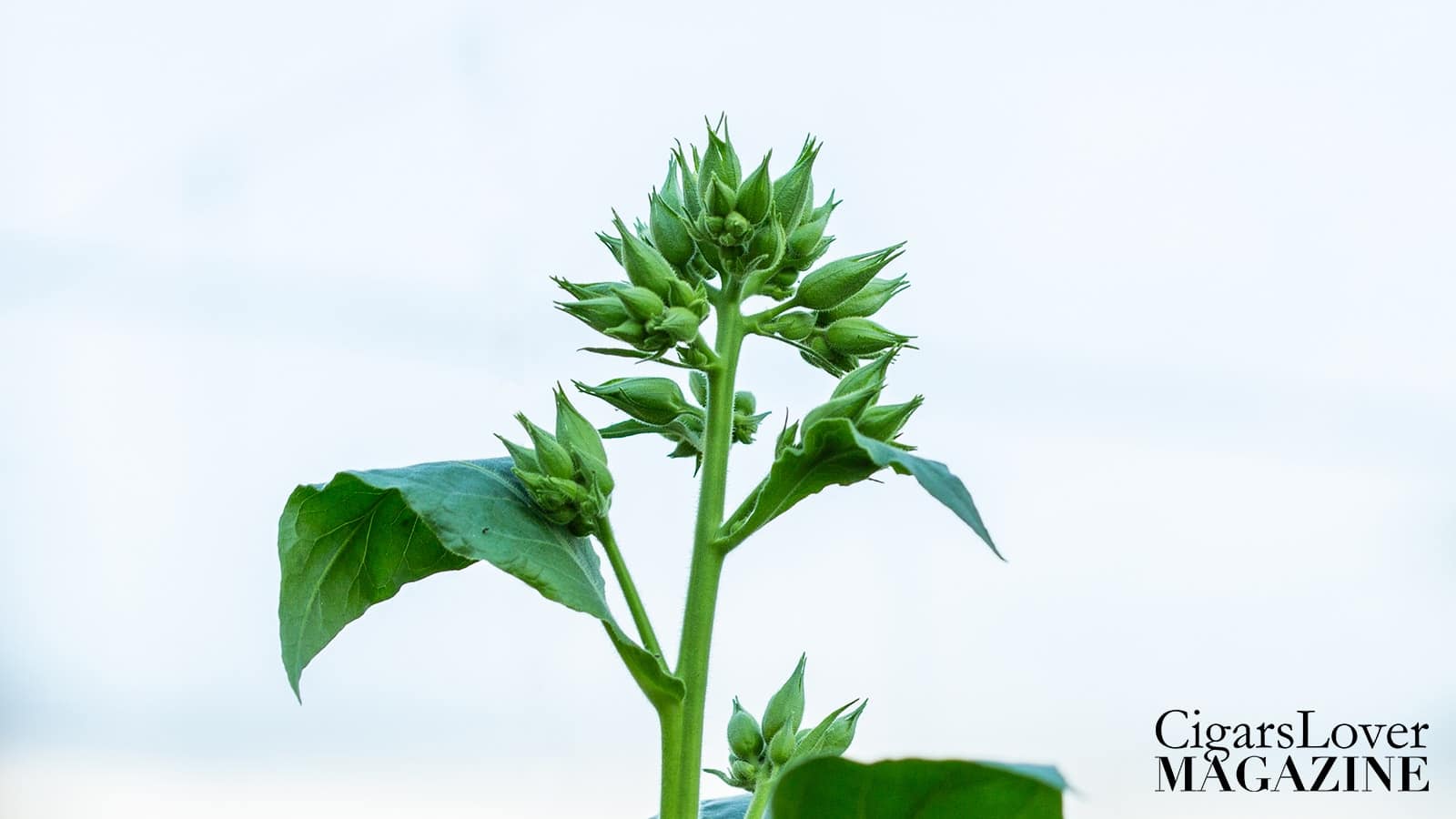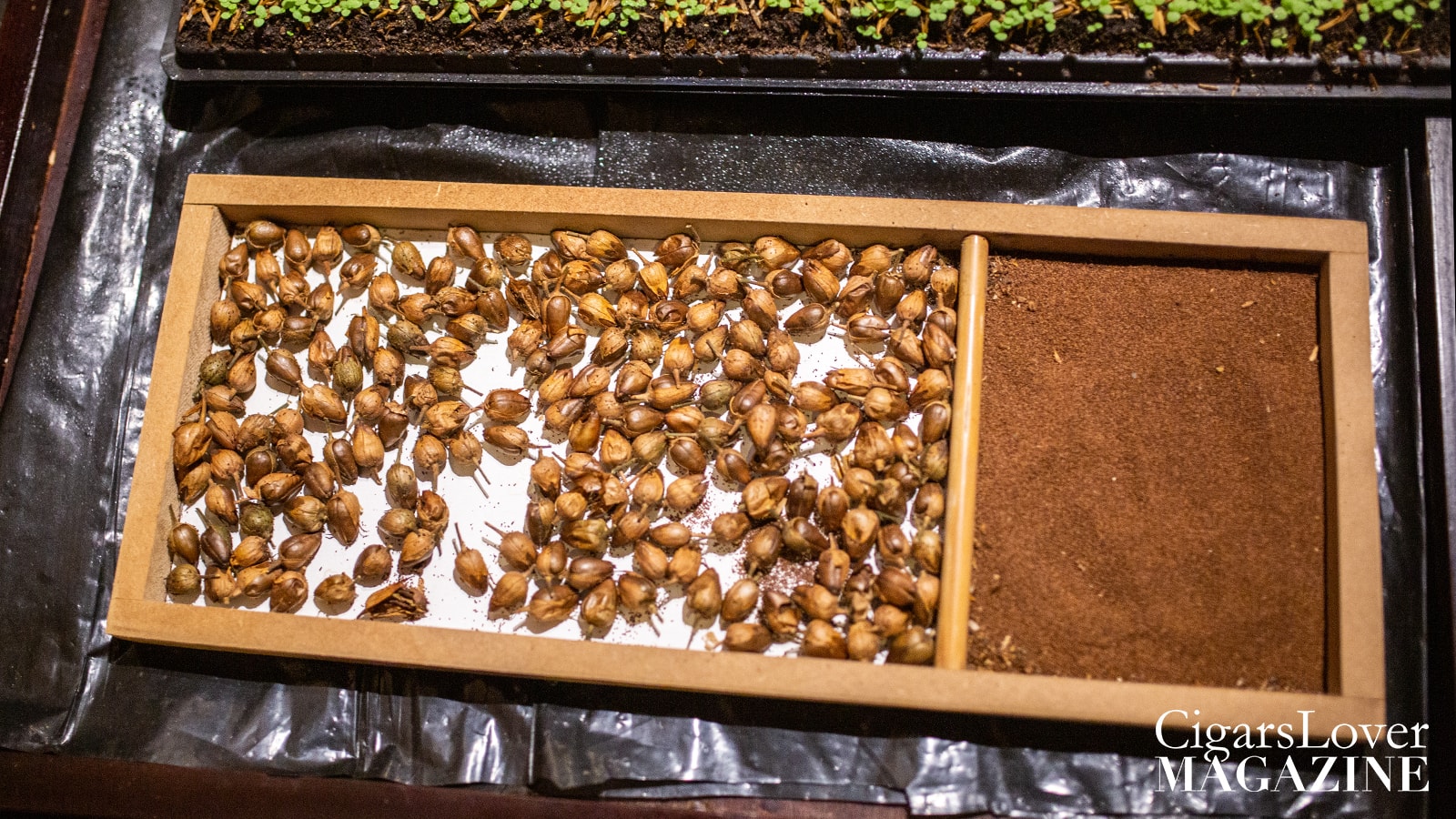
Although it is the foundation from which everything comes from, little attention is often given to the tobacco seeds and its production. A quality seed is the base for creating a first grade leaf. Not many people know that tobacco (Nicotiana Tabacum) produces a white and pink flower, which blooms in clusters in the upper part of the plant. In tobacco production it is difficult to see the flowers, as they are often harvested before they have time to bloom; this mainly depends on the type of tobacco that is grown.
If you allow the flower to bloom, you can get thinner tobacco leaves, since the plant will begin to concentrate its resources into the reproductive part at the expense of vegetative growth. Furthermore, letting the flowers of the plant bloom allows you to obtain new seeds to start the cycle again. Conversely, by removing the flower you can get a more structured tobacco, as the leaves will be rich in oils and other nutrients without the flower.

Tobacco seeds are reproduced inside pods, placed directly under the flowers, once the pistil, the female part, is pollinated. Through cross-pollination, pistils from one strain can be fertilized with pollen from other strains, so it is possible to create hybrids and modify the varieties of tobacco produced. Each strain has its own characteristics, from the shape of the leaves to the height of the plant, these can be combined into a single hybrid strain through cross-pollination. The three types of leaves used in the making of the cigar come from three different types of seeds.

Once fertilized, the pod will turn green and continue its seed ripening process even once the flower has withered. Maturation will take five to twenty one days. Some plants are used exclusively for the production of seeds, in order to propagate the life of the same strain or to be crossed for the creation of a new hybrid. A pod can hold 2000 seeds, of similar size to ground coffee. These appear white at the beginning of their cycle, when the pod is green, and brown once the pod has reached maturity. The tobacco seed is the only part of the plant that does not contain traces of nicotine. The size of the tobacco seed requires particular attention to the preparation of the seedbeds. To prevent the seeds from struggling to grow, it is important that the earth is soft and moist. The dimensions are also the reason why the seeds are scattered in the ground together with sand ash, which allow easier identification of the sown areas. The seeds must be watered twice a day and then covered with rice straw so that they are protected from direct sun, wind and excessive moisture loss. After 45 days of watering you will have about fifteen centimeters tall plants, ready to be transplanted into the fields.

